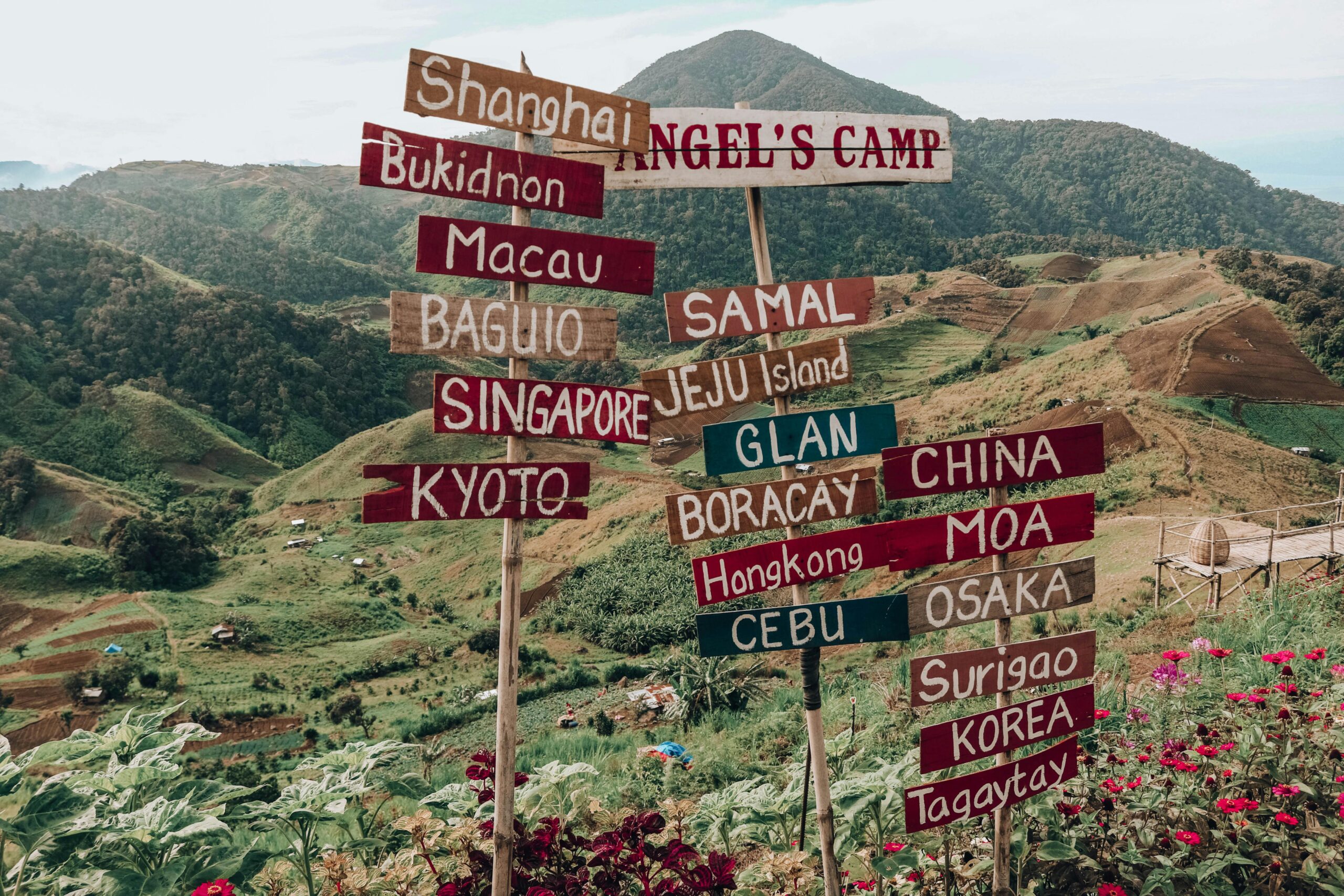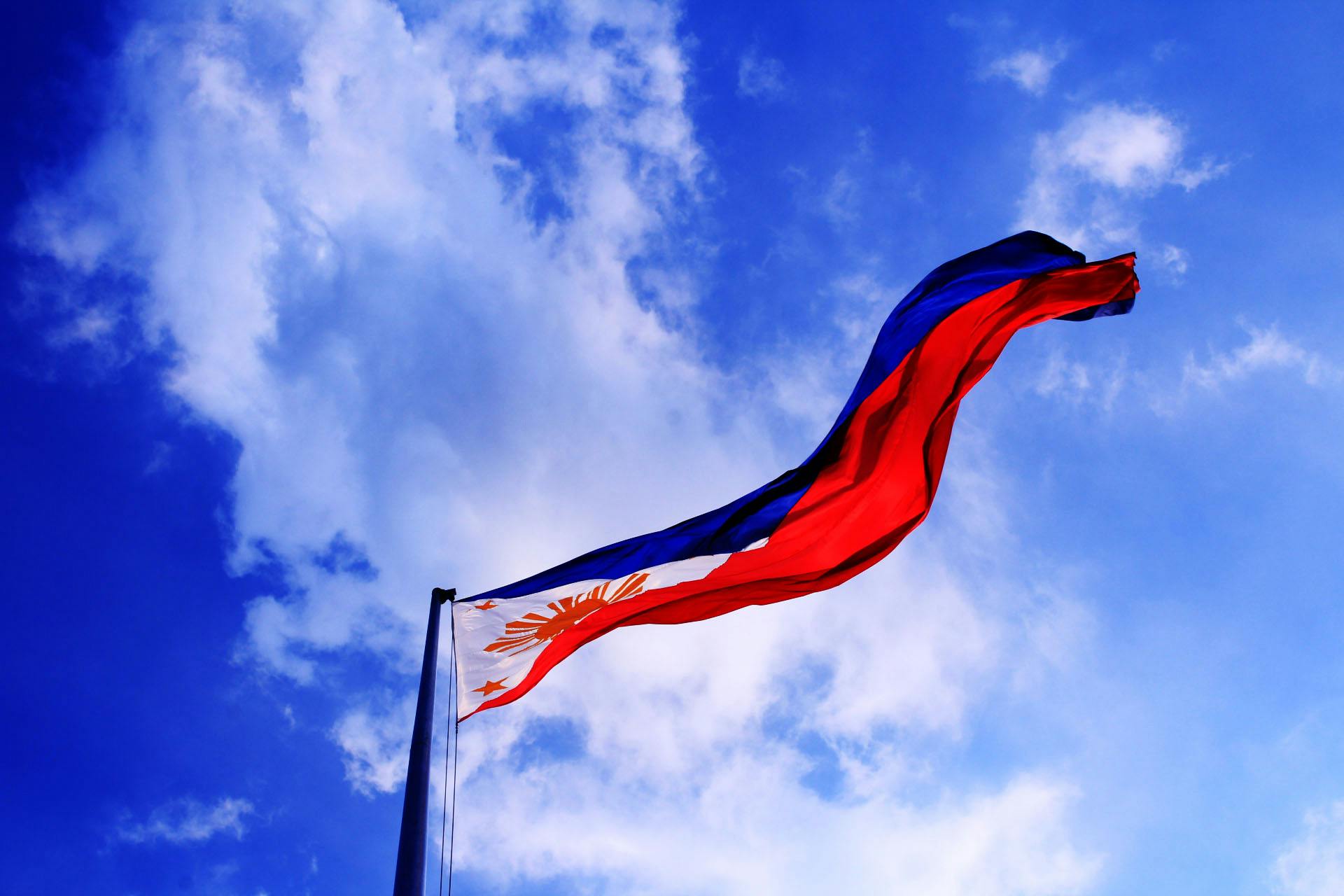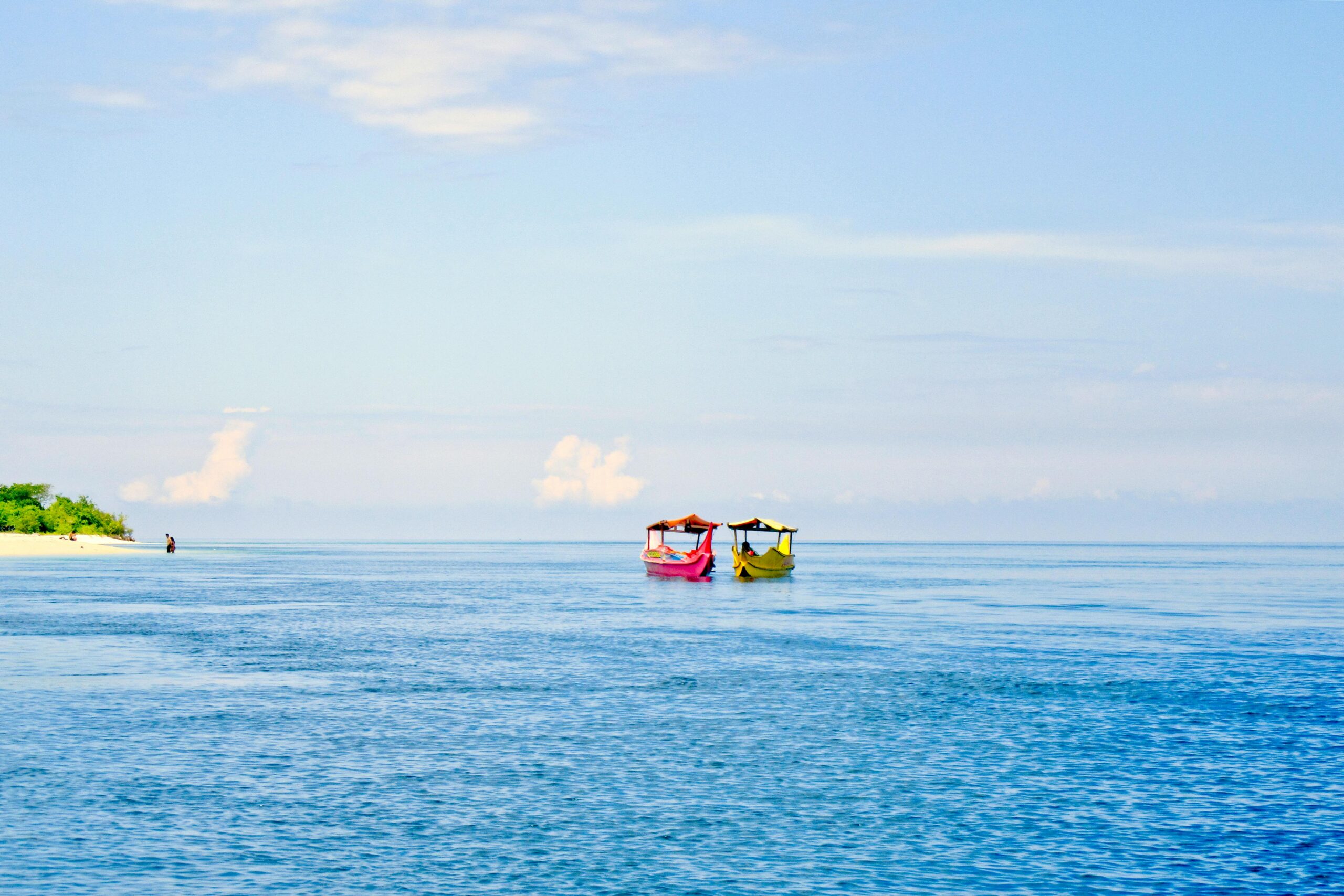Surigao del Norte became an official province in 1960, when the old, much larger Surigao province was split into Surigao del Norte and Surigao del Sur. Both sides went their separate ways, and this one got to keep the original name and a lot of the islands, including Siargao, so let’s be honest, they did fine.
The day is marked as a special non-working holiday across the province. That means local offices shut down, school kids get the day off, and you will probably hear marching bands before 9 a.m., whether you want to or not. The provincial government typically holds a ceremony in Surigao City, complete with the usual lineup of speeches, historical recaps, cultural performances, and references to the words “progress” and “resilience” at least twice.
It’s not a party like a fiesta, but it’s still a celebration. There might be exhibits, contests, or barangay-level programs, depending on the year and the budget. And yes, there is usually food. Some towns make a bigger deal out of it than others. Some people use it as a reason to take a break and not feel guilty about it finally.
[Photo by Myian Prieto]




